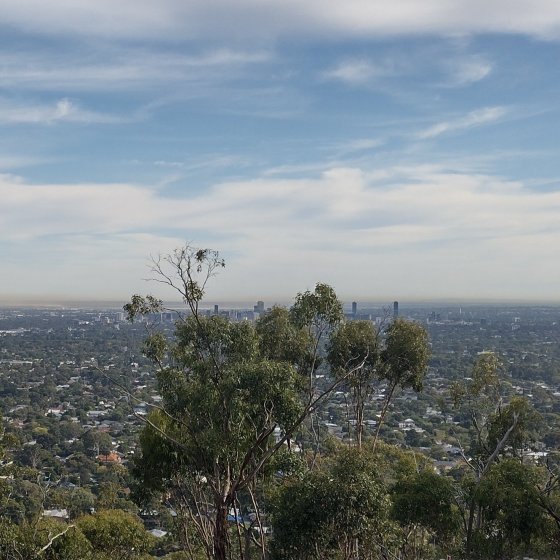One of the most significant global environmental risks to human health is air pollution. It increases the risk of impacts on the health and wellbeing of our community. The estimated figure for premature deaths worldwide due to ambient outdoor air pollution was 4.2 million people in 2019. In Australia, annual mortality related to air pollution is estimated to be more than 3,200 deaths. Air quality can also impact amenity (for example, odour), ecological health, and plants and animals.
- Home
- Environmental Themes
- Air
- Key Messages
Key Messages
South Australia
- South Australia and Adelaide’s air quality is generally reasonable. Air pollutant levels are usually within national standards in most locations across the state. During 2022, South Australia experienced its best air quality since 2017. However, emissions from motor vehicles, industry, and domestic wood heaters continue to pressure our air quality and will potentially worsen with increases in population, development, and combustion engine vehicle traffic.
- Health impacts from air quality are expected to increase with the increasing proportion of elderly and vulnerable people. It is, therefore, vital that we maintain good air quality. Air quality monitoring must be adequate and appropriately located to inform risks to human health.
- Annual average concentrations of ambient particles (PM10 and PM2.5) meet national standards with some exceptions. Emissions from bushfires, dust storms, wood heaters in winter, industry and motor vehicles are the state's primary sources of particle pollution.
- A changing climate resulting in drier land conditions and increased threat of bushfires will pressure our air quality from dust and smoke, particularly in regional locations, including remote Aboriginal communities and pastoral lands. Climate change may also increase pollen exposure that can lead to increases in respiratory and cardiovascular health effects.
- During the 2020 lockdowns in South Australia, air quality monitoring undertaken in the Adelaide CBD indicated that carbon monoxide dropped by 40% during March and April compared with measurements during the same time over the previous five years. These observations aligned with the traffic volume reduction experienced in Adelaide during this time, demonstrating the impacts of transport emissions on our air quality. Ongoing emissions from transport could be reduced by encouraging active transportation, public transport, and electric vehicles.
- Additional monitoring stations would assist with understanding air quality across the state and the impacts on air quality from various sources of pollutants, particularly in regional areas where dust and smoke are likely to become more of a risk with climate change.
Australia
The Australia SOER 2021 has indicated that for air quality within Australia:
- Air quality is generally good, but can be impacted by specific events that release pollutants over a short period of time, for example, the 2019–20 summer bushfires.
- Although National Environment Protection Measures (NEPMs) are set for protection of human health, there is no real ‘safe’ level for some pollutants. In April 2021, the standards for the NEPM for ambient air quality were reduced to become more stringent for ozone, nitrogen dioxide and sulfur dioxide. However, these changes alone will not improve air quality. Fine particulate matter PM2.5 is one of the pollutants of most concern to human health.
- Air quality is dependent on what we are putting in the air, with trends in the levels of pollutants varying between Australian states and territories.
- Dust can be a significant pollutant, especially for remote and regional areas with low soil moisture and sparse vegetation coverage. This is likely to be exacerbated with climate change.
- Wood smoke in winter continues to be an issue in built-up areas. There has been a move by some states to ban or phase out the installation of wood heaters in housing. However, encouraging residents to not use wood heaters has been difficult.
- Better monitoring data is required to help inform potential health risks from poor air quality. An example is use of low-cost sensors in locations that do not have fixed monitoring stations and the provision of real-time local information during periods of poor air quality, eg bushfires.
